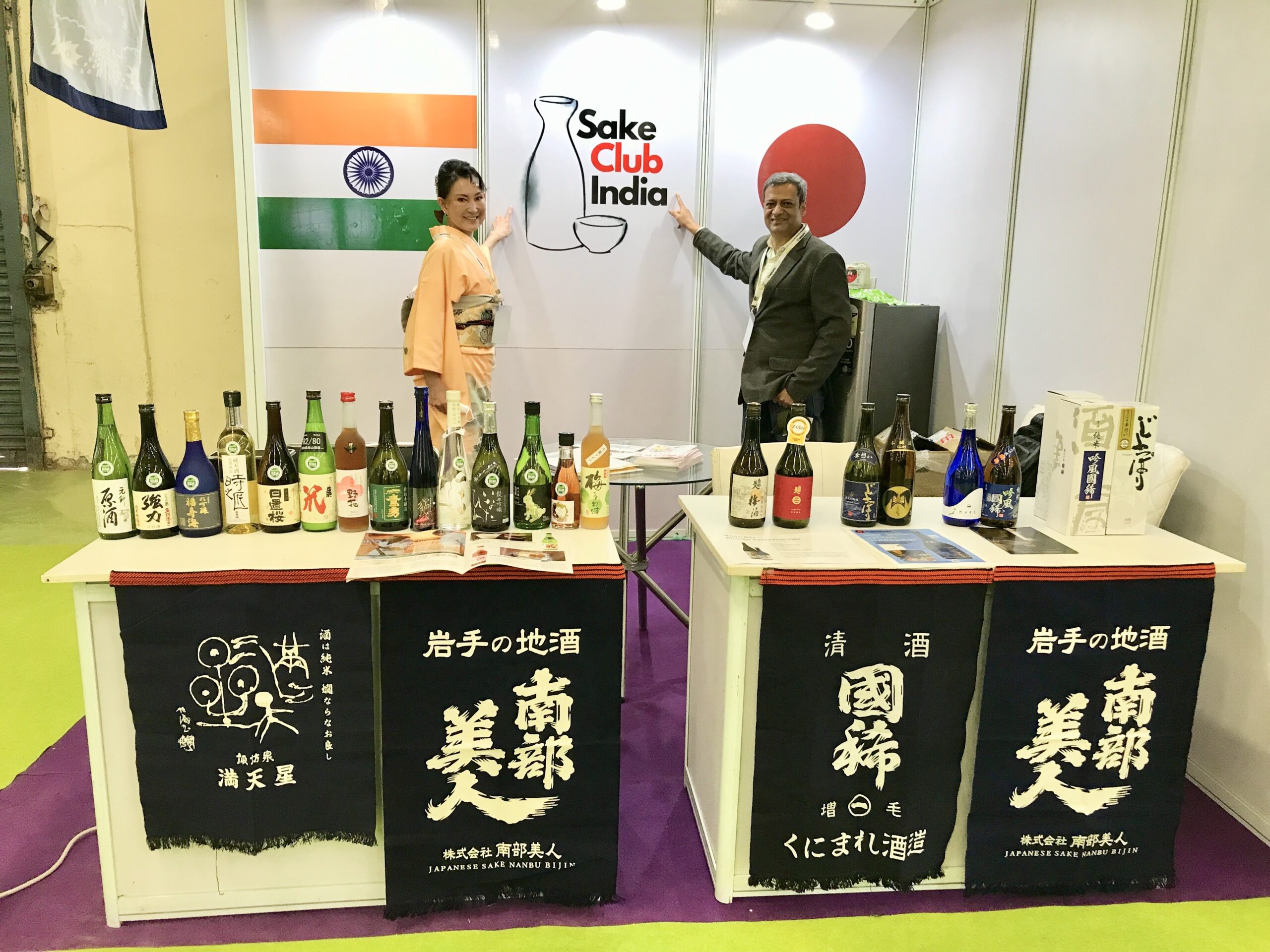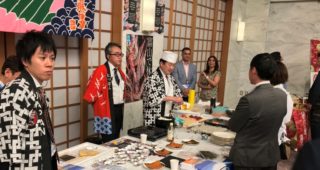
To explain the homograph first. Sake (pronounced Saa-kay) is an ancient Japanese beverage made from rice. The drink has a rich history dating back more than 2000 years. Though Sake is commonly slotted in the same category as wine, it hovers between wine and beer due to two reasons. Firstly it is made from grain à la mode beer and secondly it is fermented- and in certain cases aged- like wine. Most Sakes have higher alcohol level (15% and above) than most wines and there are many Sakes that are consumed warm rather than chilled.
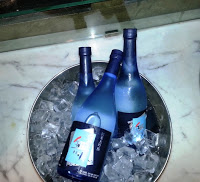
I had this wonderful opportunity to understand Sake in depth courtesy Spiritz magazine that facilitated the arrival of an organization rather valorously called Sake Samurai – which is a group of renowned Sake producers intensely involved in promoting Sake worldwide. The event was held at Varq restaurant, Taj Mahal hotel New Delhi and worked as a crash course in this wonderful beverage that is growing exponentially in popularity akin to Sushi from the same land.
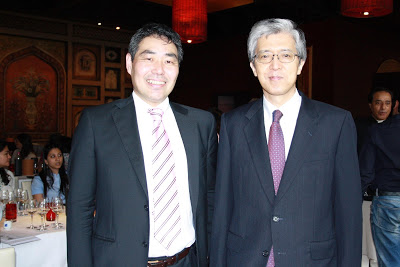
On arrival at the venue, it was pleasing to find courteous Japanese producers receiving the guests warmly, notwithstanding the language barrier as most of them could speak basic English, and for the rest, the interpreter was at hand. The evening started with a keynote address by H.E. Mr Takeshi Yagi, Ambassador of Japan in India followed by a presentation by Mr. Keisuke Irie, Secretariat Member of Sake Samurai. Thereafter, it was tastings galore with each producer personally presenting his/her Sakes.
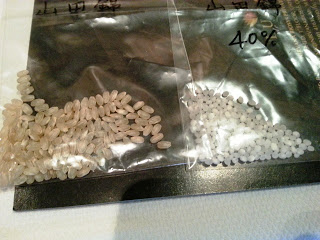
Sake in a Nutshell
Sake is produced using special rice varieties that are called Shuzo Kotikimai. Milling and polishing rice is an important process of Sake production and classification of various types of Sake depend on the extent of polishing the grain. These rice grains are bigger and stronger so as to withstand high degree of polishing without breaking. The process of polishing, strips the grains of bran and proteins and emphasizes on the availability of starch which is concentrated in the center of the grain. There are over 1600 breweries in Japan that produce around 50,000 variants of Sake. 75 % of the total production is non-premium Sake called Futsu-shu (equivalent of Table wine) while the remaining 25 % is the premium variety called Tokutei meiso-shu classified further depending on the nature of ingredients and milling rate of rice .
Junmai (No prescribed milling ) – Rice + Koji Rice (Fermented and culture inoculated rice) + water
Junmai Daiginjo (Minimum 50% milled) – Rice + Koji Rice + water
Junmai Ginjo (Minimum 60% milled)- Rice + Koji Rice + water
Daiginjo – A Junmai Daiginjo + Brewing Alcohol.
Ginjo – A Junmai Ginjo + Brewing Alcohol.
Honjozo (Minimum 70 % milled)- Rice + Koji Rice + Brewing Alcohol
Apart from the above, there are different sub-categories of Sake like unpasteurised (Namazake), aged (Koshu), cloudy (Nigori) and undiluted (Genshu). There is also Sparkling Sake which is made using different methods- including Methode Traditionelle (the same method as Champagne) for Awa Sake.

Sensory Experience
Rather than describing individual varieties of Sake tasted at the event, I suppose it would be better to summarise the tasting experience on a range of characteristics, since I assume that most of the readers, like me, may not have tasted Sake very extensively. Thus goes the experience:
Colour: Mostly pristine with pale straw and gold reflections. In some cases, there was a greenish tint too, but not as pronounced as in grape originated wine.
Aromas: White flowers, gooseberries, grass, dug-up earth, confectionery, pastry, old grains, mushrooms.
Palate: Light to full body, coconut water, white fruits, herbaceous, medium to long finish.
Food accompaniment

Though I would prefer sticking to Sake as an aperitif for the time being, things may change once I experiment more of it with food. At this event, starters like Chicken Reshmi Tikka and Fish with tartar sauce were served.Though they were not strict pairings, they were not out of sync either. I feel Sake could be paired with a variety of food options in the Indian context. Amongst other cuisine, I think most Sakes should pair well with Oriental food that is rich in aromatic flavours and texture. Typical entrée courses that have lots of greens are also likely to work well.
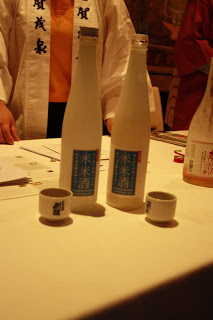
The tasting concluded with us being handed over a beautiful souvenir in the form of a cute little ceramic Sake tasting cup called Kiki Choko (two of which you can see in the pic alongside) . We bade farewell to the Sake gathering with a lingering taste and a strong urge to buy a bottle enroute to put the cups to good use – pronto!





